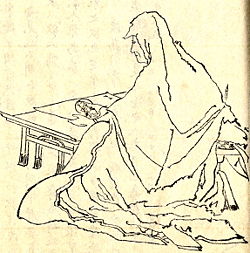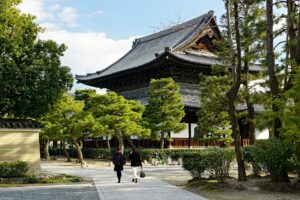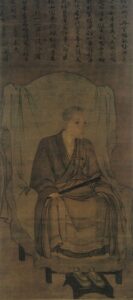Episode 547 – The Five Mountains, Part 1
Manage episode 442279011 series 1755874
This week on the Footnotes to the Revised Introduction to Japanese History: many describe Zen as the religion of the samurai. In reality, it was not–but samurai influence was crucial to making Zen a part of Japan’s cultural framework. That history is bound up in a system called the “Five Mountains”; so how did that system come to be?
Sources
Collcutt, Martin. “Zen and the Gozan”, in The Cambridge History of Japan, Vol III: Medieval Japan.
Collcutt, Martin. Five Mountains: The Rinzai Zen Monastic Institution in Medieval Japan
Images




10 episodes




